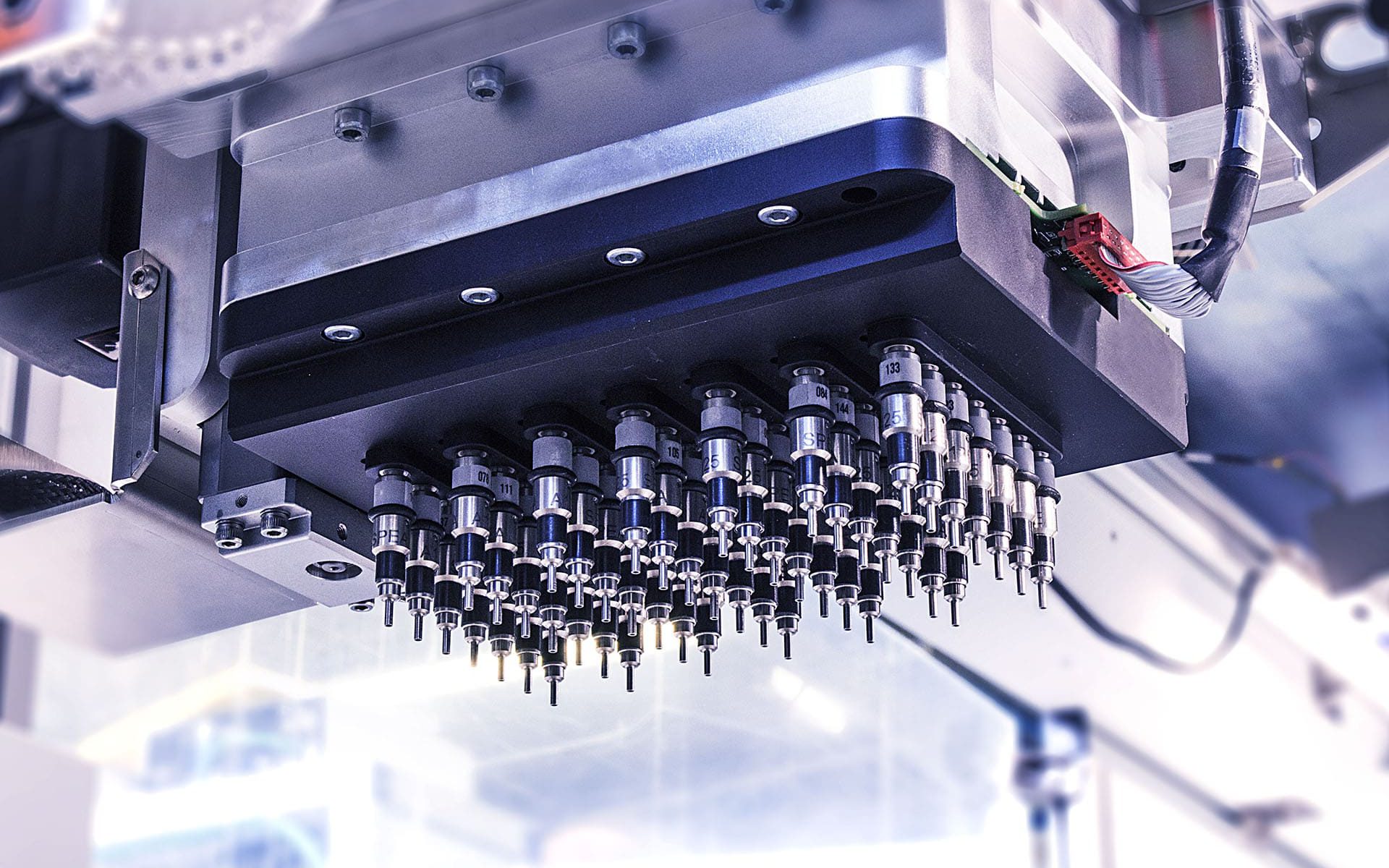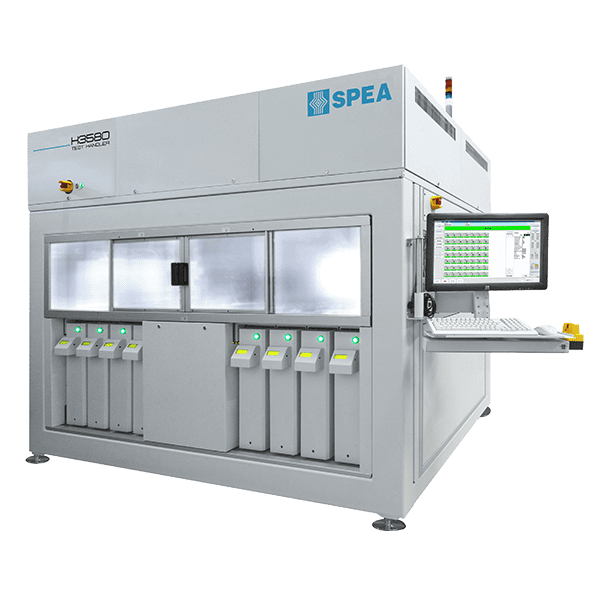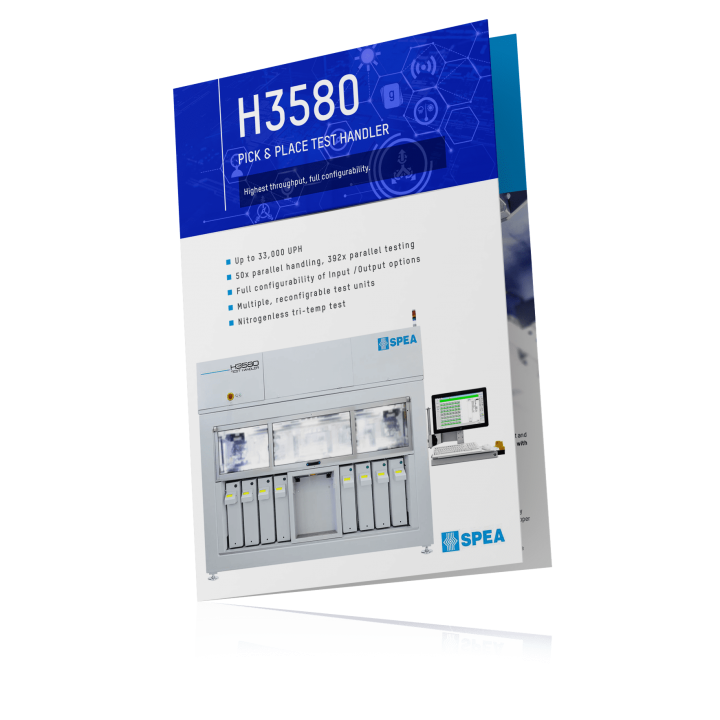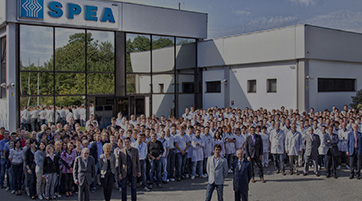SPEA Test Handlers are designed to perform the high-throughput pick&place handling of IC components (packaged, or in strip/wafer frame) during the final test phase.
Their modular design is open to compose a variety of input / output media configurations, to best fit with your process, with the possibility to modify the configuration also at your site, by retrofitting different input / output modules:
- Input from tray, wafer/strip frame, tape, or bowl feeder
- Output on tray, wafer/strip frame, tape or box
Mechanical architecture is based on full linear motion technology, with controlled axis acceleration and speed, to guarantee fast and accurate handling. Motion profiles and contacting mechanism minimize the force applied to the devices: H3580 can handle MEMS devices with no extra shock to their internal micromechanical structure.
Very high parallelism
- 1-50 pickups per head
- Quick pickup pitch reconfiguration
- Independent pickup actuation
- up to 392x parallel contacting and testing
Fast, gentle handling
- 2 motorized heads with pickups and vision unit
- Frictionless motion with linear motors
- Controlled axis motion profile curve for soft device pick and releasing
Lowest jam rate: 1:10,000
- Automatic compensation of tray defects (shape, planarity, improper dimensions)
- Device auto-alignment and presence verification inside the contacting unit
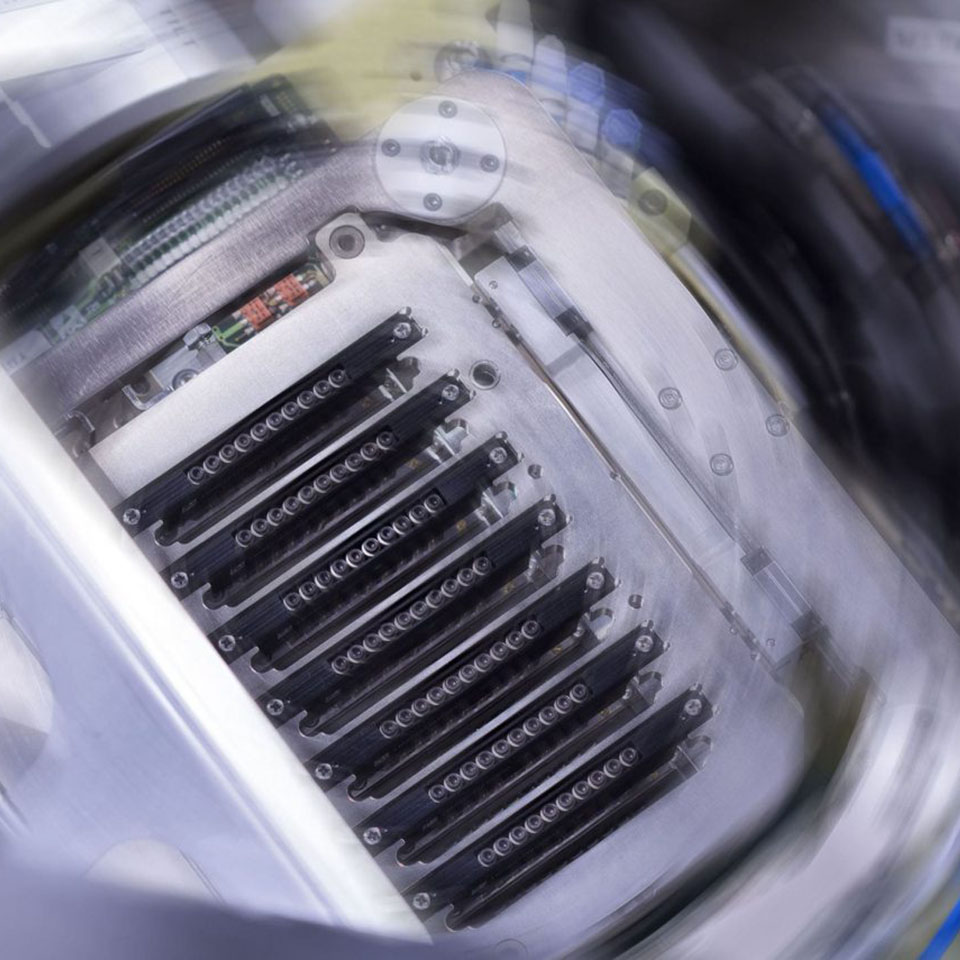
Wide range of test units, from MEMS to Power device
H3580 is complemented by a wide range of test units for ASICs, Power or MEMS devices, to combine in a single test cell all the elements of handling, contacting, physical stimulus and complete testing and calibration of MEMS or other IC devices.
Multiple stimuli can be combined in a single test unit, to test combo MEMS, such as environmental sensors (pressure + humidity + gas + temperature) or navigation sensors (accelerometer + gyroscope + compass).
The test area can be easily reconfigured on field with different test units, while the configuration of multi-stage test units enhances the system productivity: up to 392 devices can be contacted and tested simultaneously, offering the highest throughput.
Test at temperature
Temperature conditioning is available for test at ambient, hot, cold, with pre-heating option to keep the best throughput.
A fast temperature change mechanism allows for a single-insertion test at different temperatures: the device can remain in the same pocket while it is tested at the required temperature values, in sequence. This lowers the overall costs, reducing in number the handling operations required, while guaranteeing higher calibration precision and easier device traceability.
- Temperature range: -65 to +200°C
- temperature accuracy ± 1°C
- temperature stability ± 0.5 °C
- No defrost needed for intervention on the sockets
- 24 hours/day working without interruption
- Accurate temperature control at full temperature range
- Controlled ambient temperature
- Precise tracking of thermal performance parameters
- Temperature monitoring per site
Contacting
SPEA handlers are complete of all the modules required to interface and contact the devices under test:
- precise and reliable single-frame presser contacting
- conversion kit for standard and custom packages, down to 1x1x0.5mm size
- fast package changeover (<5 minutes)
Sockets and contacting units are developed in-house by SPEA, for the most common IC packages (with or without leads) as well as for custom packages, to provide the best performance in MEMS testing:
- Low-Force Contacting
- High-efficiency thermal transfer with DUT
- Dead-bug or live-bug contacting units
- Customizable DUT presser tip shape
- Device Aligner
- Temperature sensors on contactors
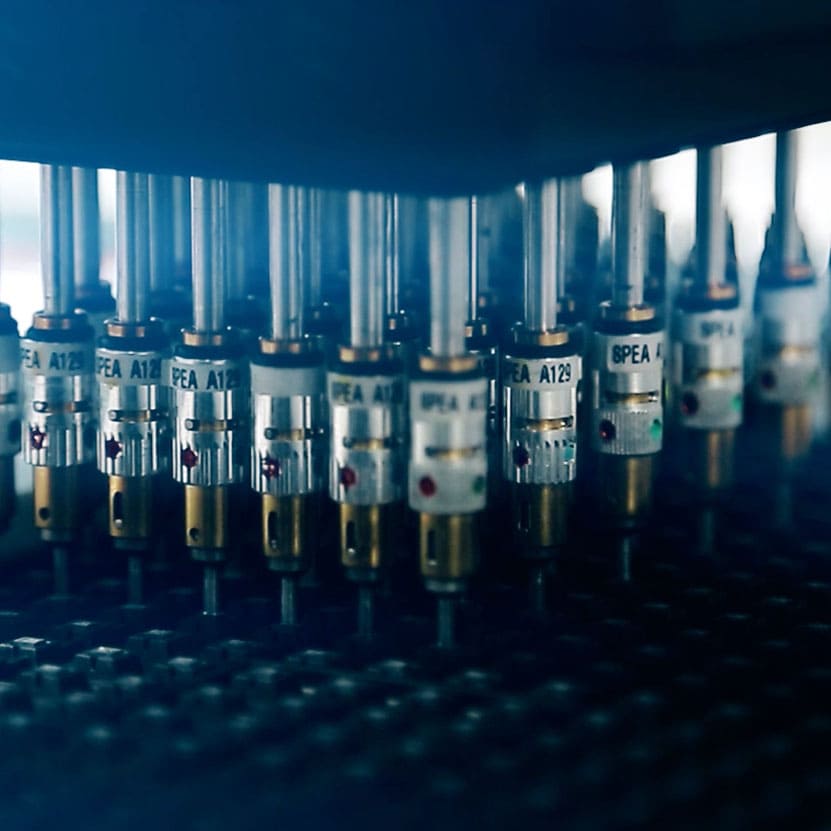
Optical inspection
The handler is equipped with different vision units (top, bottom, 5S), to perform optical test, guarantee device traceability, prevent the risk of jam:
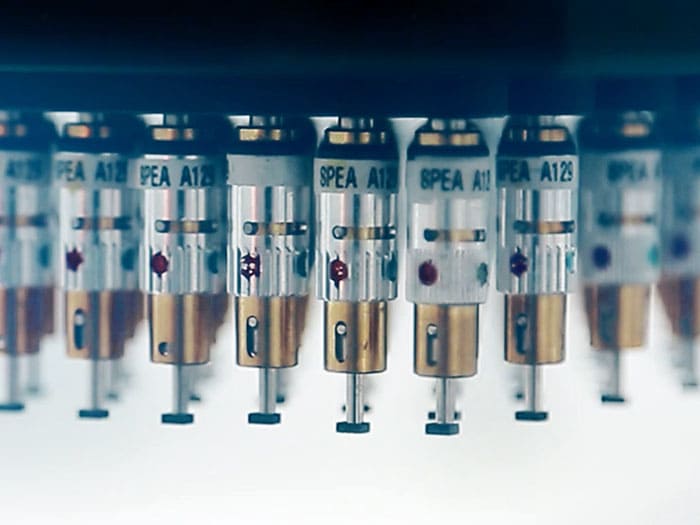
Easy maintenance and calibration
SPEA handlers accurately handle the smallest devices with no need for external calibration tools:
- Complete system auto-calibration in 7 minutes by top and bottom cameras
- Complete calibration reports and datalog with automatic position control and warning
- Automatic tray position identification and automatic compensation of tray misalignment/misshape
- Fast pickup replacement
- Fast contactor removal
- Easy system accessibility
Industry 4.0 compliant
Data collection, analysis and reporting, preventive maintenance, full automation, make every SPEA handler an integrated part of your smart factory floor.
The handler’s performances can be constantly monitored and analyzed by Archimede, a dedicated software designed to enhance performance, reduce production downtime, and optimize maintenance operations.
Dynamic equipment tracking and management, anomaly detection and alert notifications, trend identification and failure prediction, are some of the features offered by Archimede. It is possible to set KPIs to analyze, display, export and print the handler production and process performance indexes.
All machine-related raw data – such as hardware composition, operating logbooks and life parameters – are stored locally and available to be automatically sent to centralized data centers, smoothly interfacing with MES and SECS/GEM.
